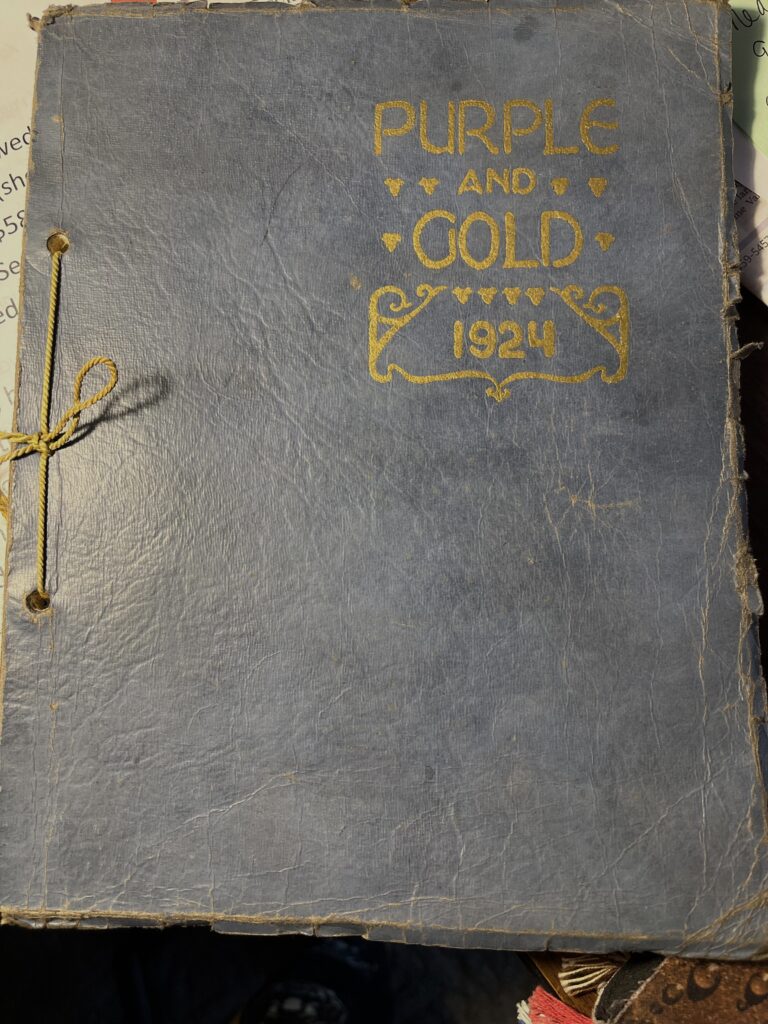
I purchased this little book in an airport gift shop, killing time between flights. It’s been a deee-lightful and most informative read. For instance:
“A seed hidden in the heart of an apple is an orchard invisible.” (Welsh Proverb)
“A tree has roots in the soil yet reaches to the sky. It tells us that in order to aspire we need to be grounded and that no matter how high we go it is from our roots that we draw sustenance.” (Wangari Maathai, Kenyan Political activist, 1940-2011)
“Never say there is nothing beautiful in the world anymore. There is always something to make you wonder in the shape of a tree, the trembling of a leaf.” (Albert Schweitzer, 1875-1965)
“Into the forest I go to lose my mind and find my soul.” (John Muir, 1838-1914)
“A society grows great when old men plant trees in whose shade they know they shall never sit.” (Greek proverb)
“What we are going to the forest of the world is but a mirror reflection of what we are doing to ourselves and to one another.” (Mahatma Gandhi, 1869-1948)
“A person who loves trees and forests is known as a dendrophile. That person could also be called another obscure term: nemophilist. Or you could simple call that person a tree hugger.”
“You might come across a miniature whirlwind of leaves, thought by some to be created by a fairy dance, with tiny fairies riding on the leaves. Try catching a leaf in the air before it touches the ground…the fairy riding it will grant you a wish.”
“Acts of creating are ordinarily reserved for gods and poets, but humbler folk may circumvent this restriction if they know how. To plant a pine, for example, one need be neither god or poet; one need only own a shovel.” (Aldo Leopard, 1887-1948)
P.S. This little book cost $8.95.











